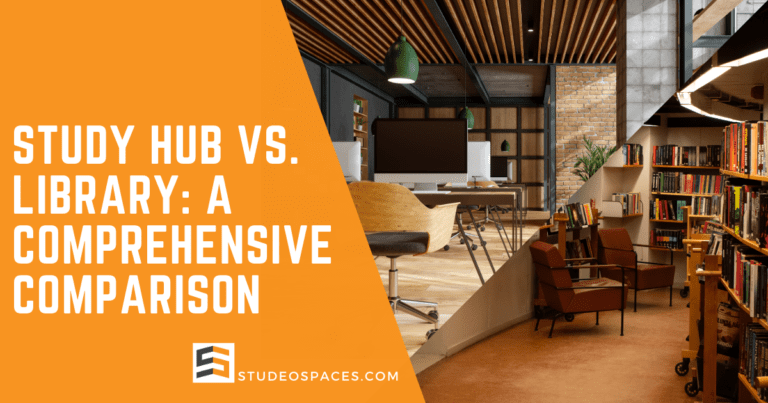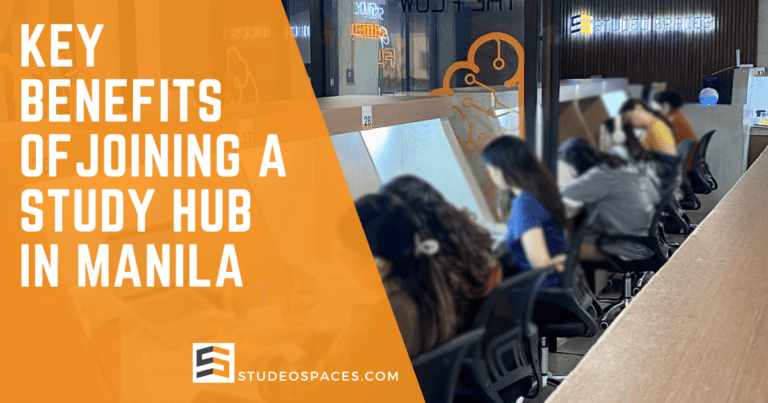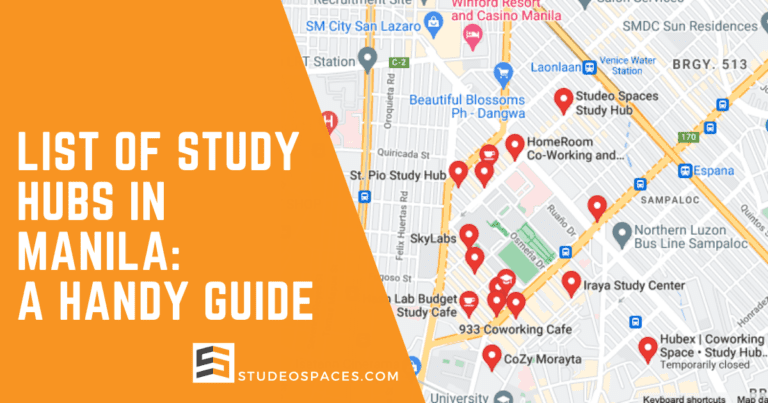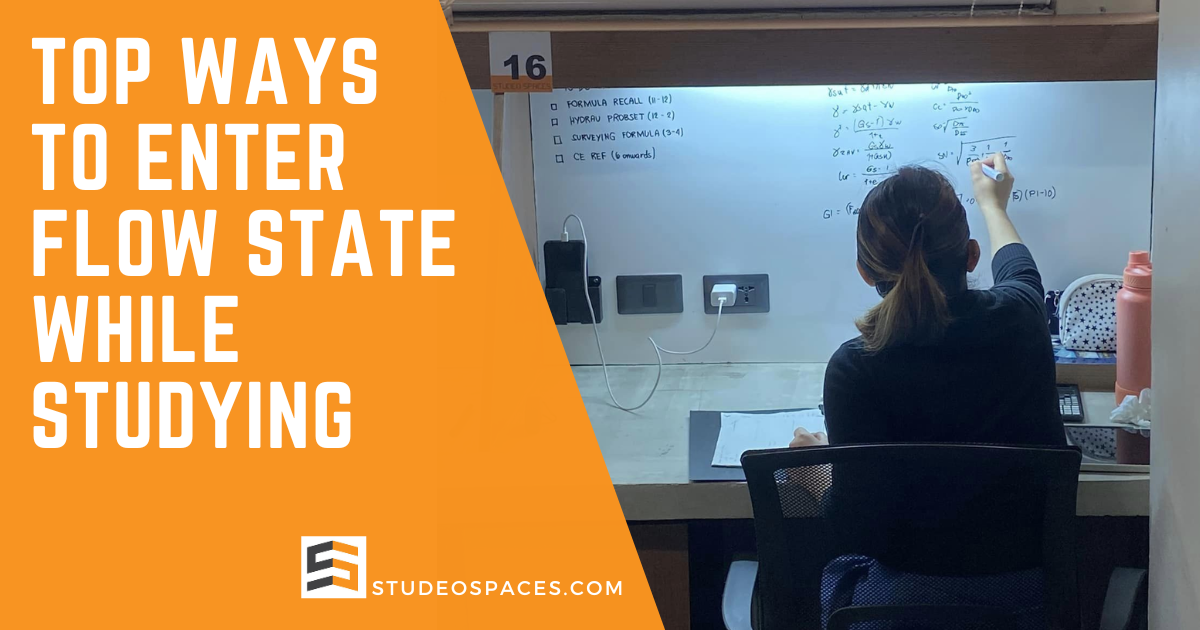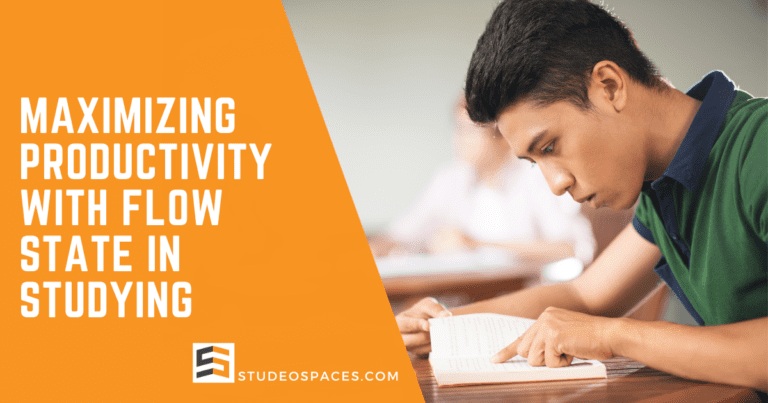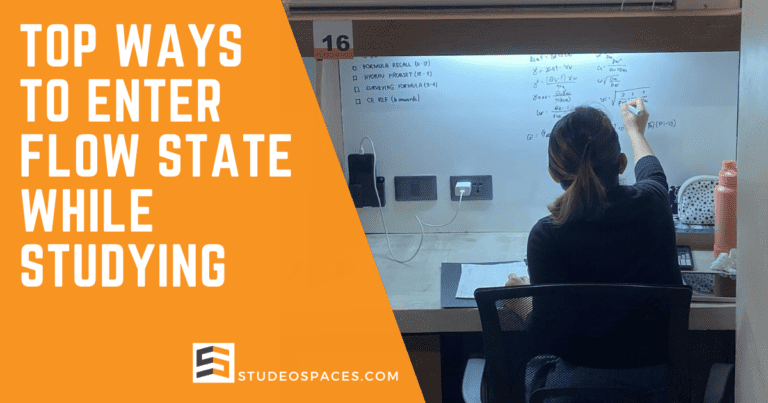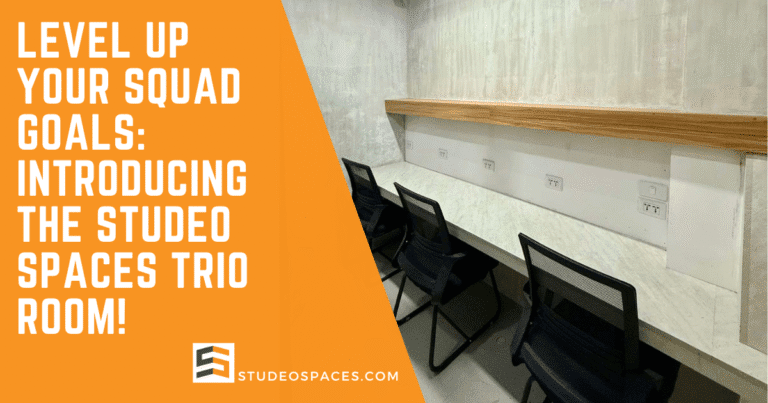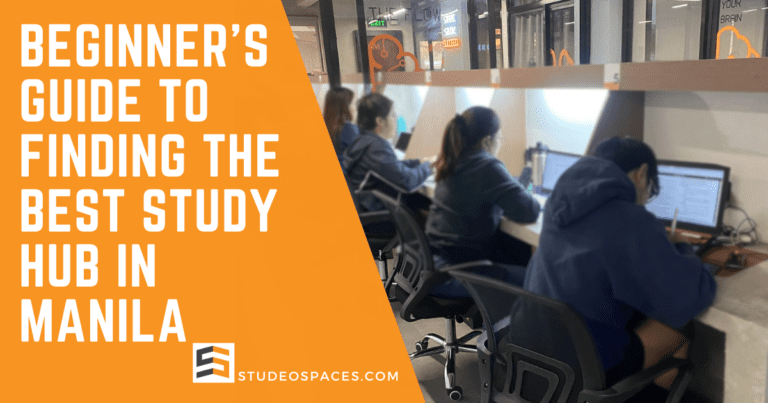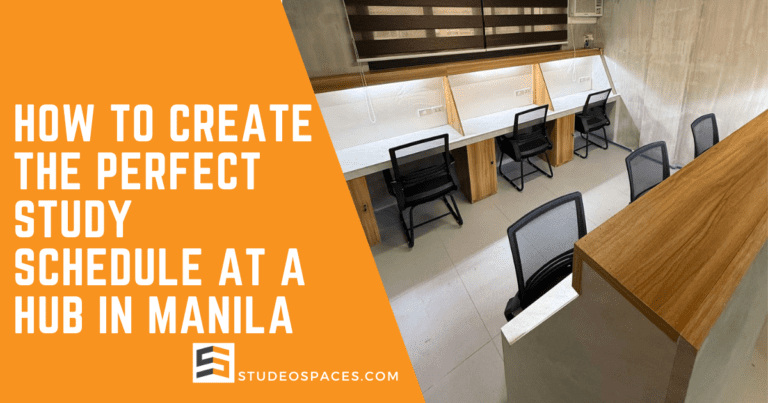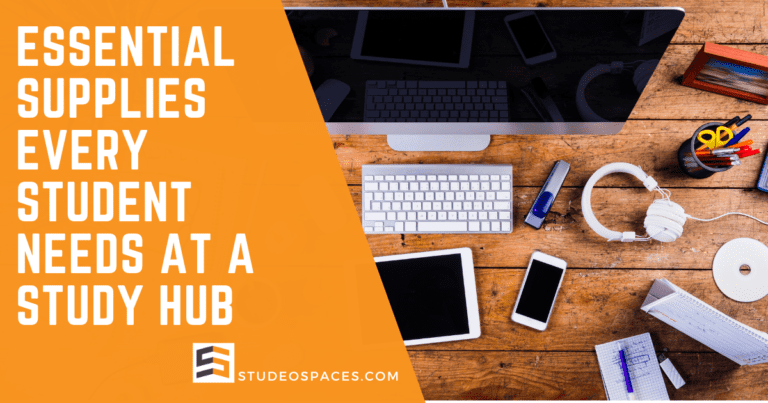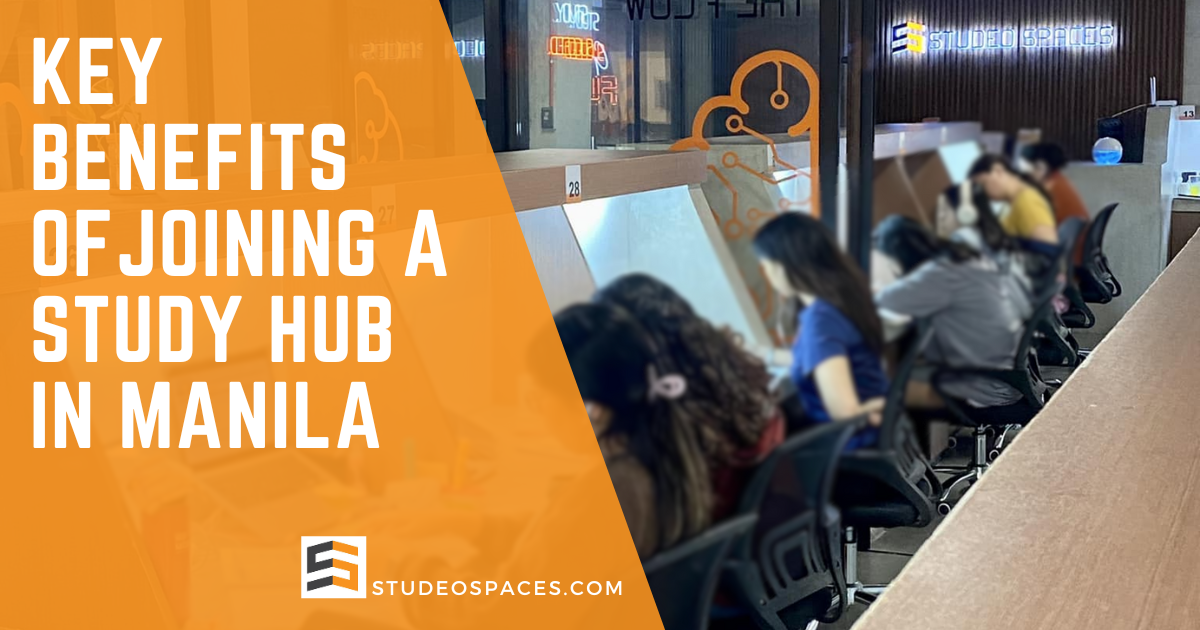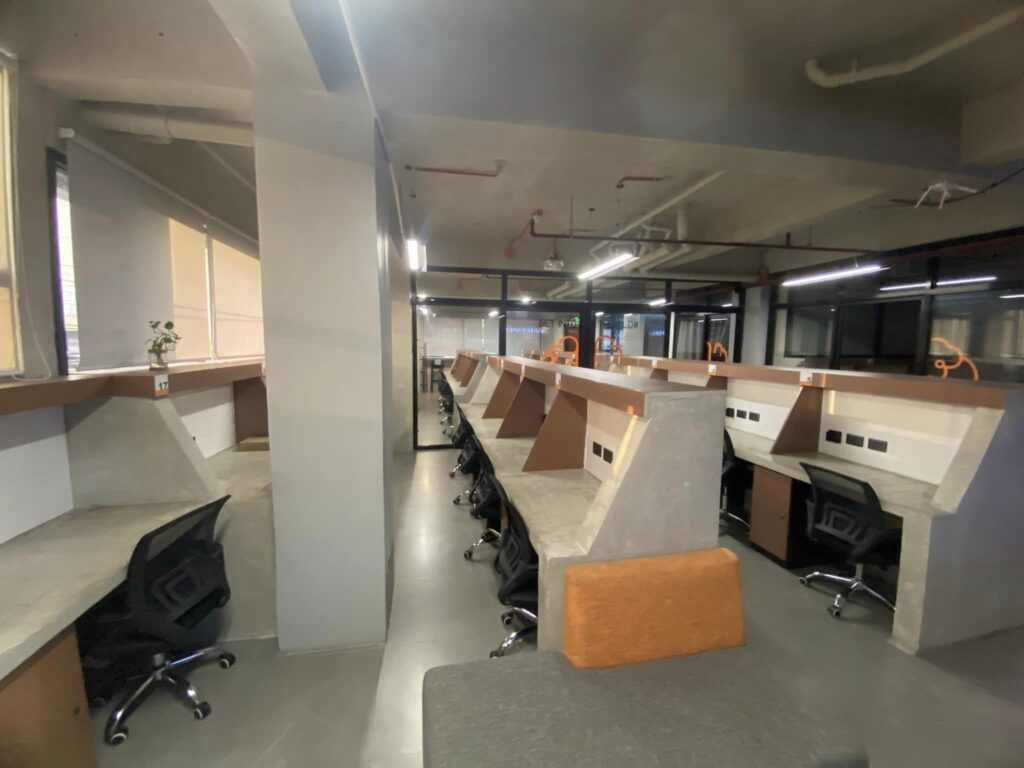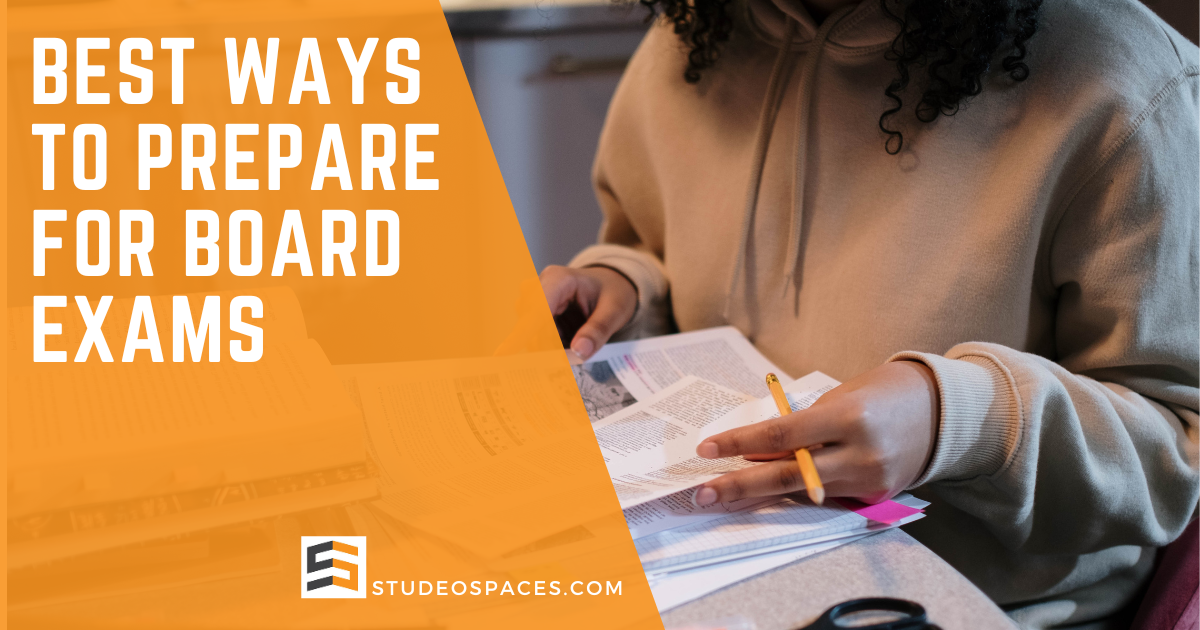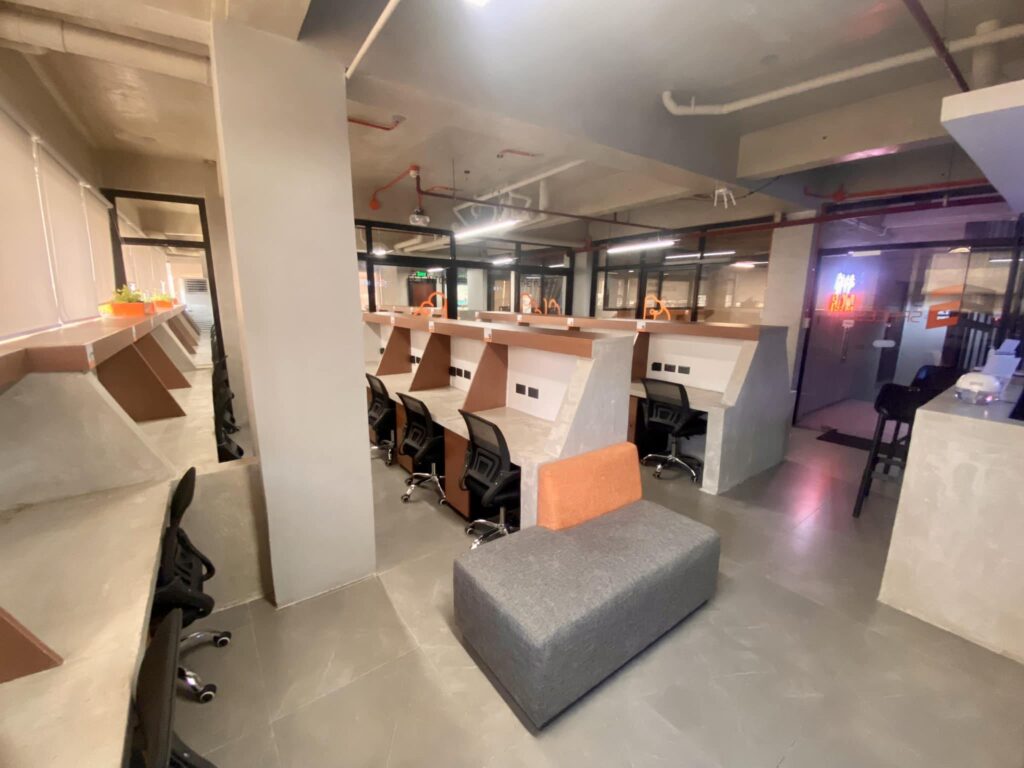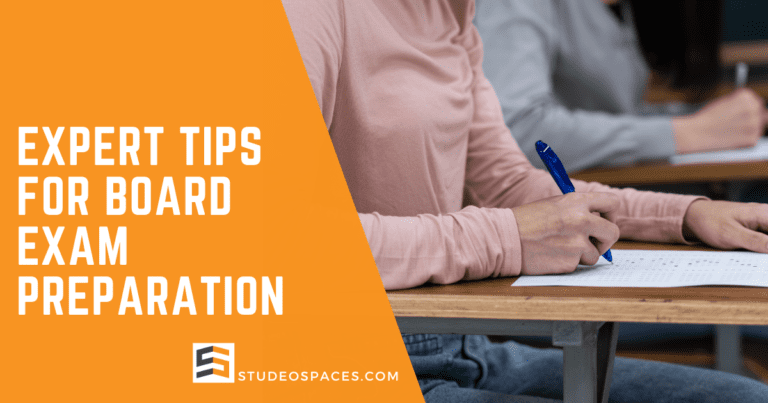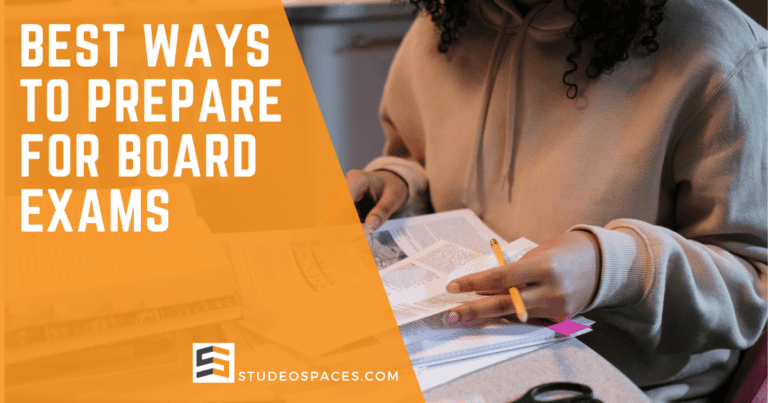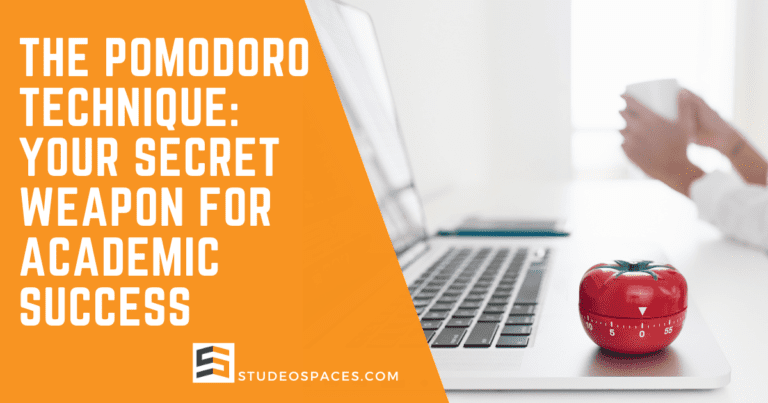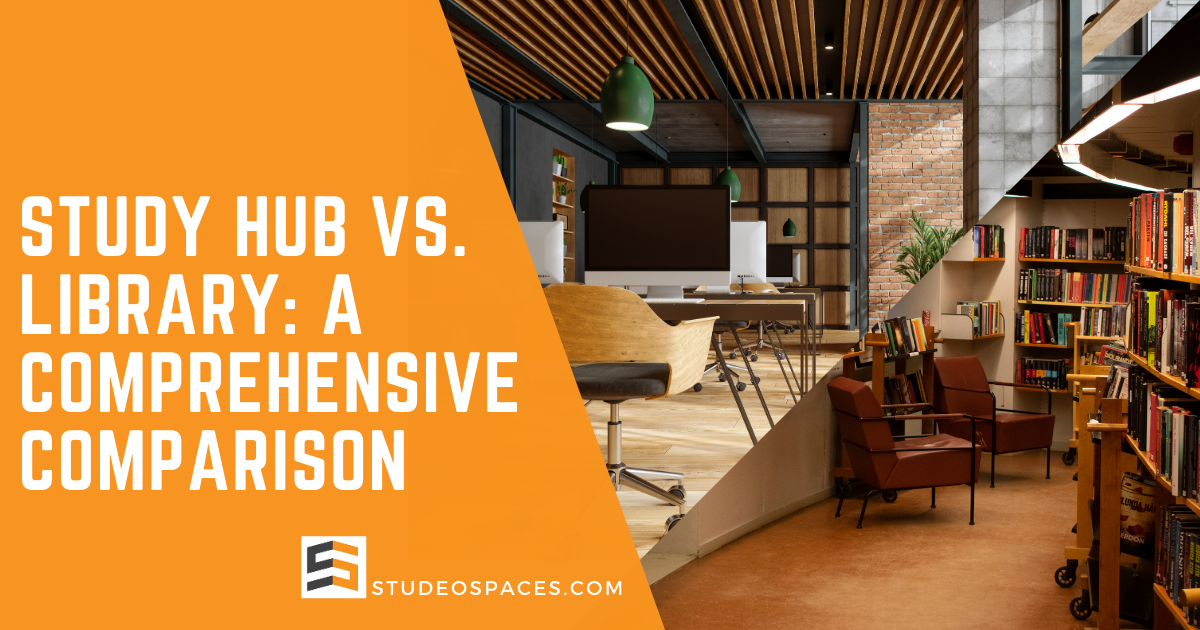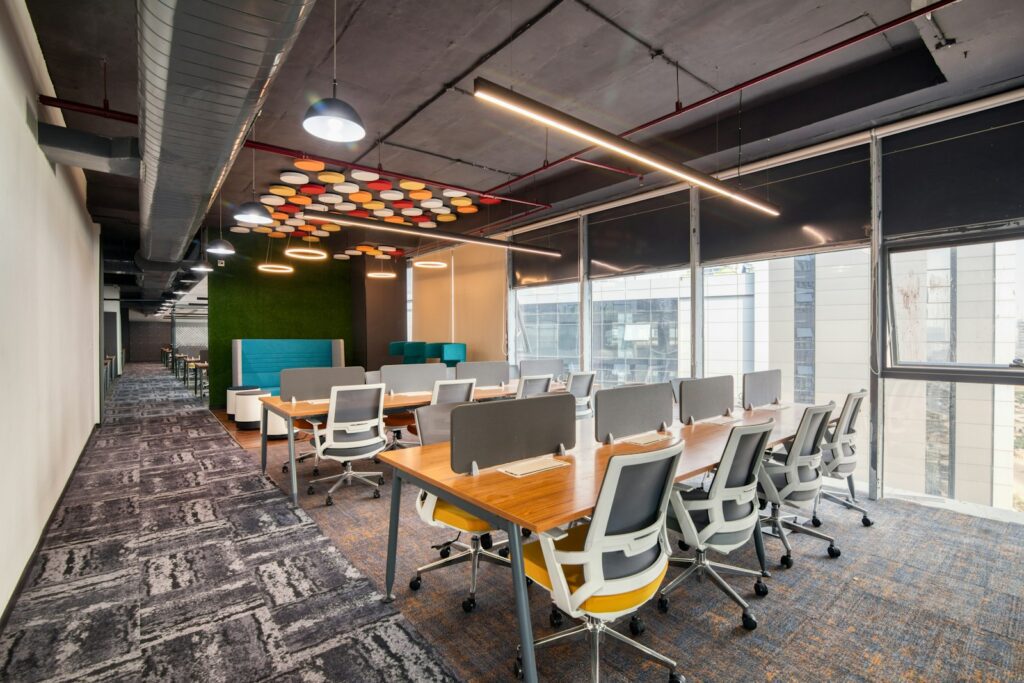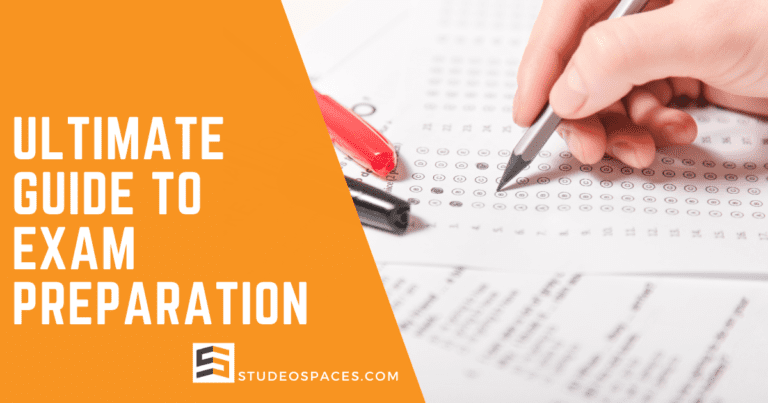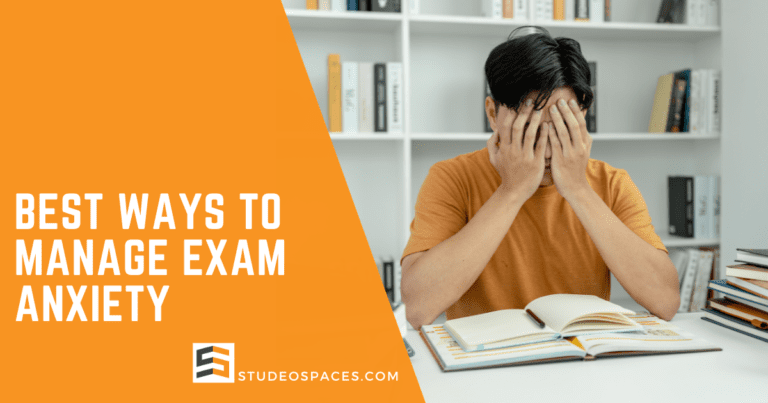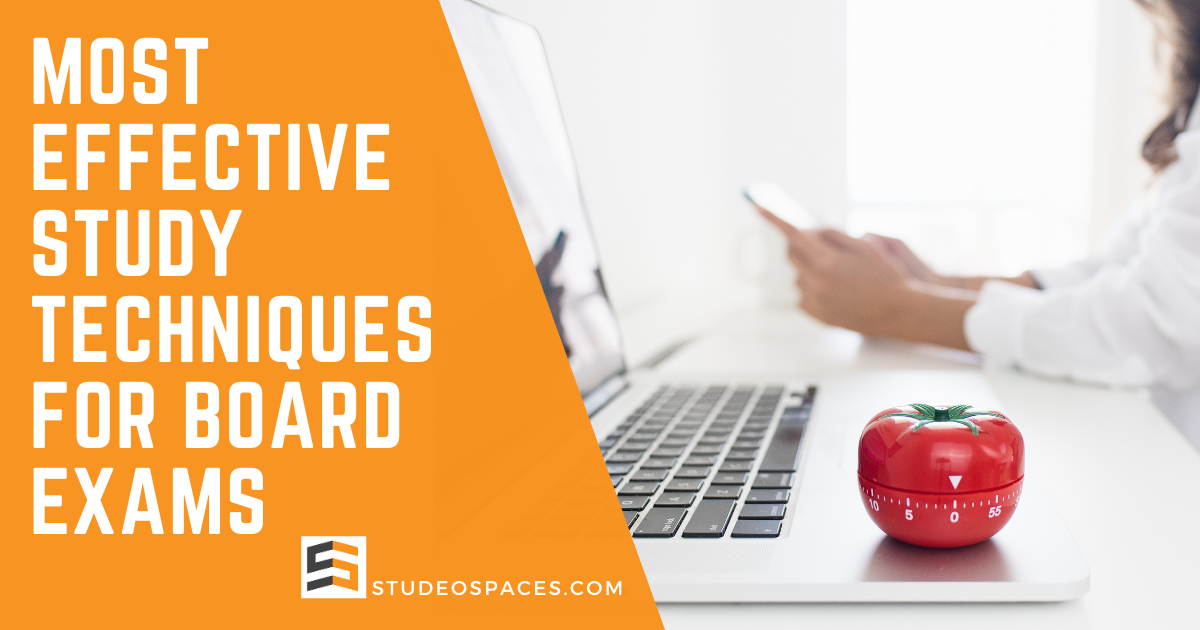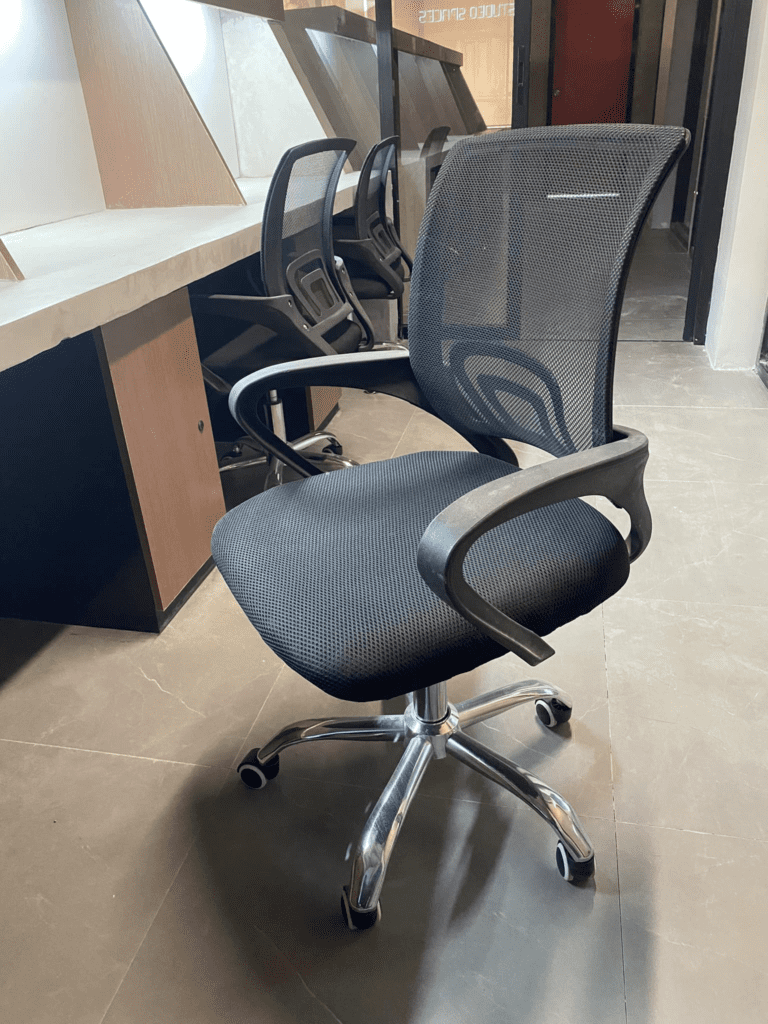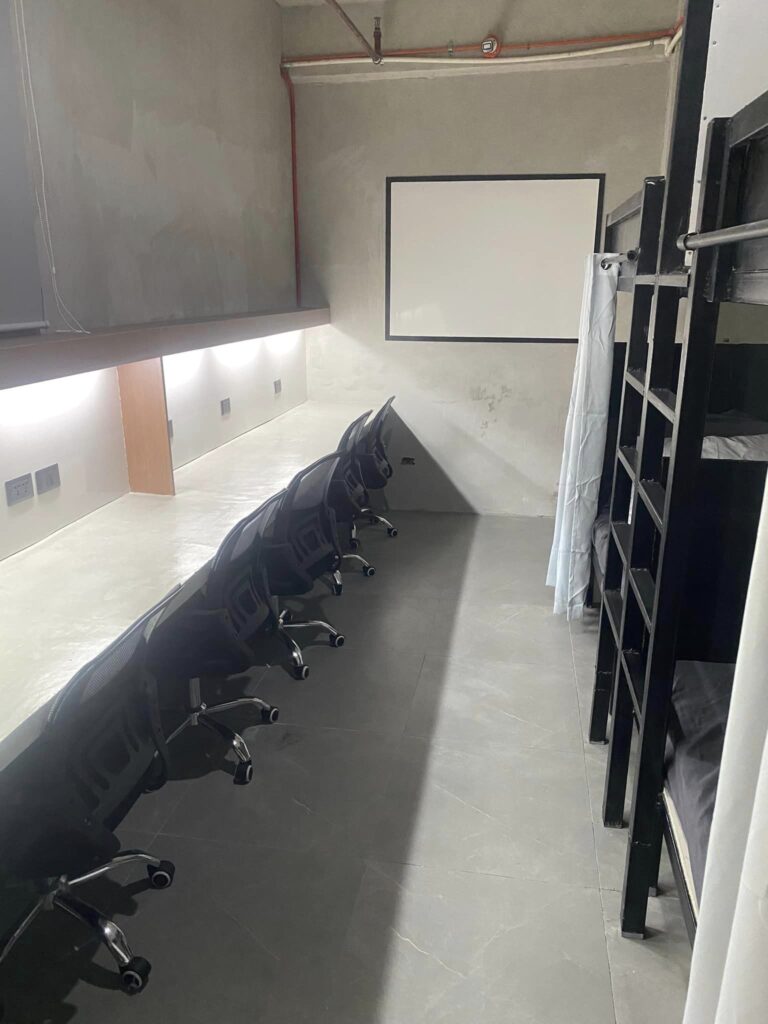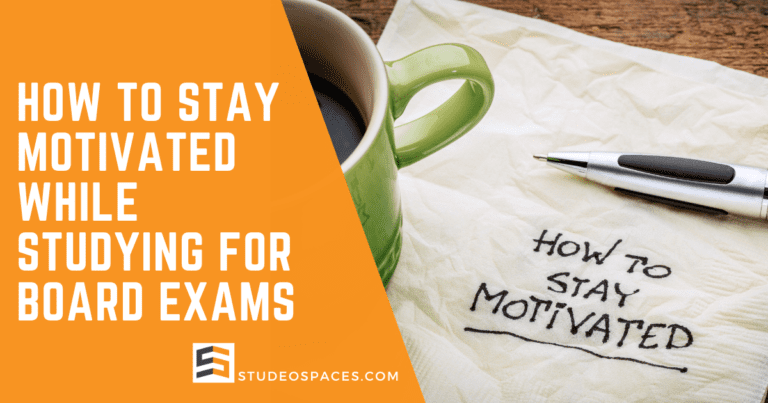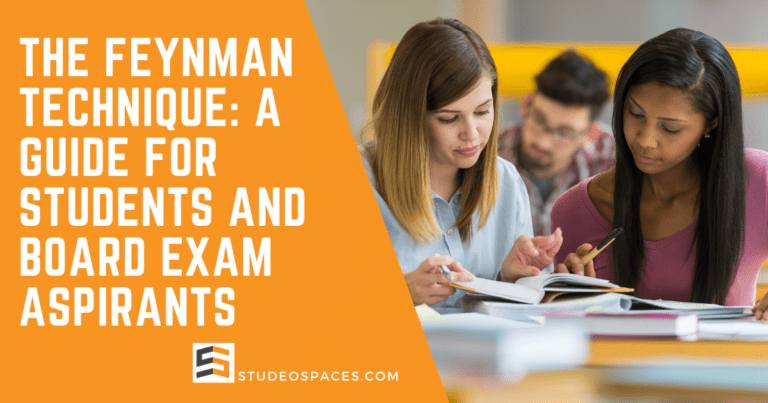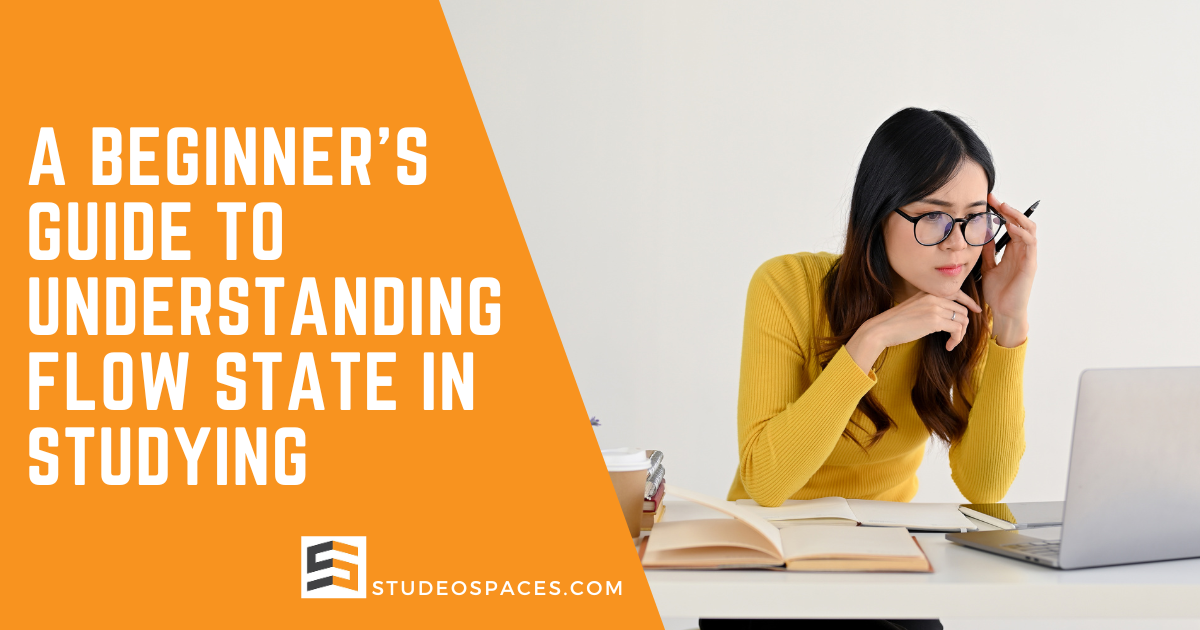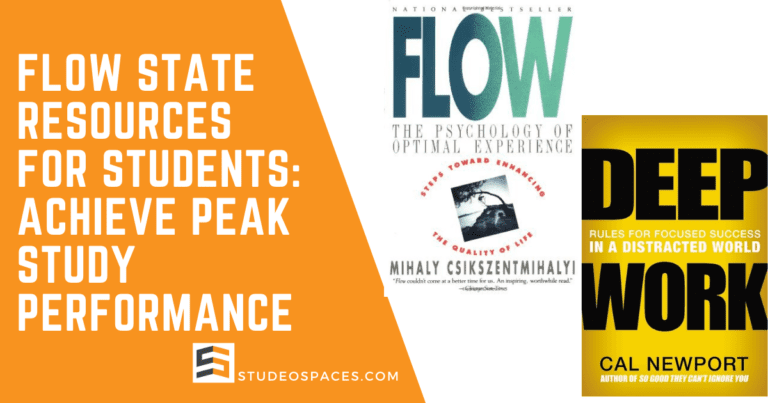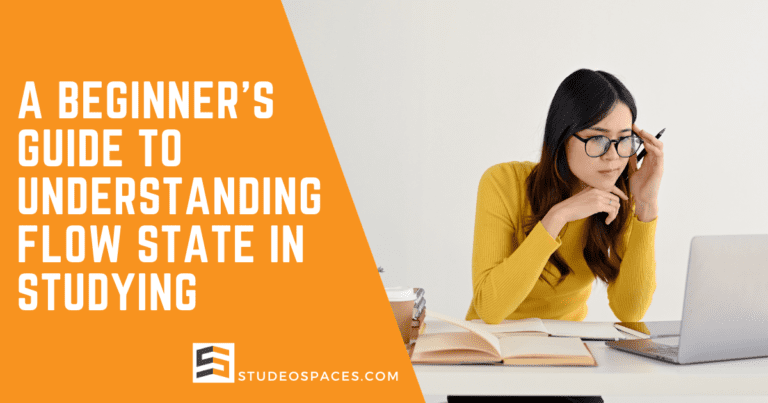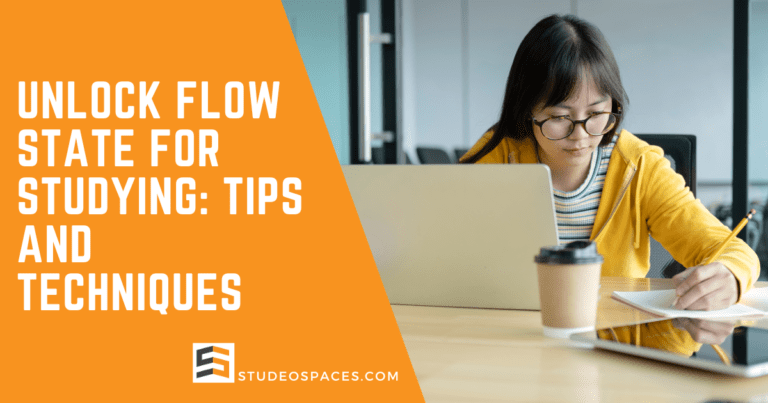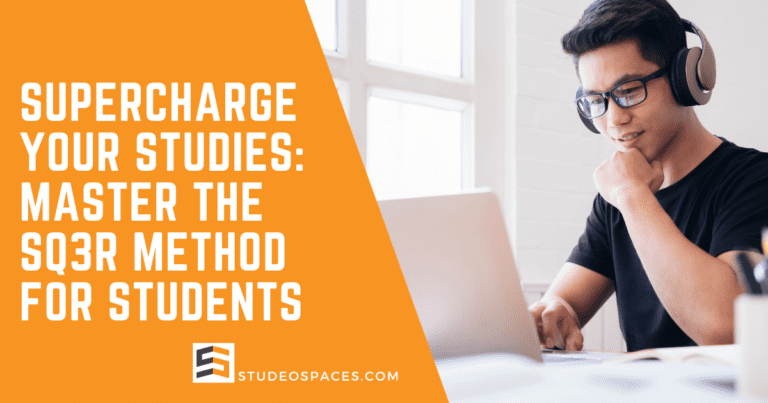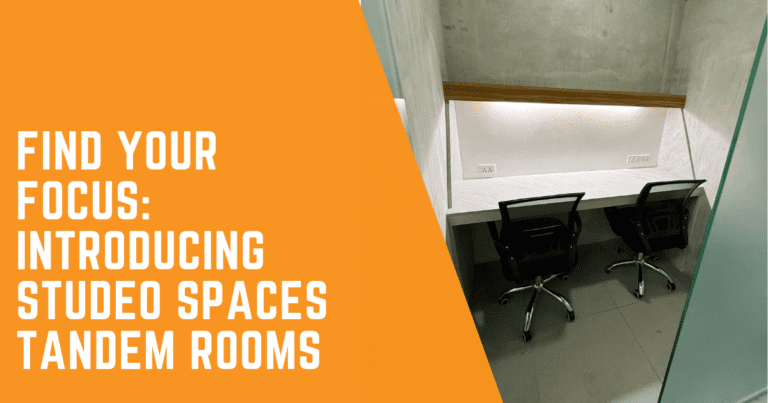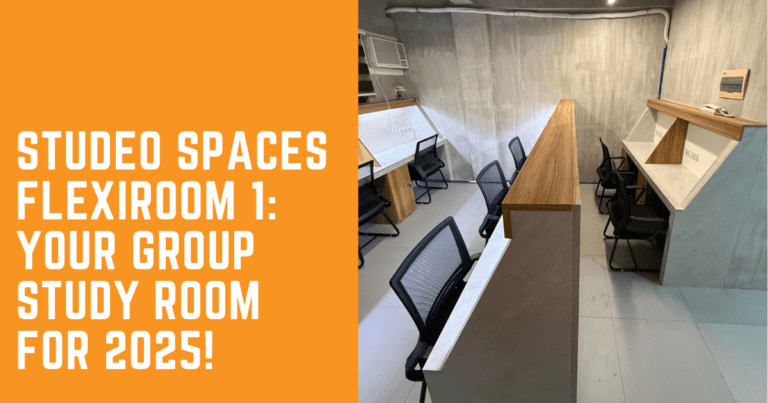
Understanding and adhering to study hub etiquette can significantly enhance productivity and respect for others in demanding academic pursuits. “Top Study Hub Etiquette Tips For Students” delves into essential behaviors that foster an ideal studying environment. These guidelines encompass maintaining a quiet atmosphere, managing personal space, and using shared resources responsibly. They underscore the importance of collaboration and kindness, which are pivotal in creating a conducive and respectful learning space.
Do you ever wonder how to maximize your study time and make your learning sessions as productive and respectful as possible? As students flock to study hubs to prepare for exams, complete assignments, or engage in collaborative projects, adhering to proper etiquette is essential to create a conducive environment for everyone. This article outlines the top study hub etiquette tips for students to ensure a smooth, productive, and harmonious study experience.
Why Study Hub Etiquette Matters
A study hub is a shared space where individuals come to focus on their work. Maintaining proper etiquette ensures that the environment remains peaceful and conducive to learning. Ignoring basic etiquette disrupts others and diminishes the effectiveness of the space for everyone.
Essential Tips for Maintaining Etiquette in Study Hubs
1. Maintain Silence
Noise can be highly distracting in a study hub. The central aim of these spaces is to provide a quiet environment for concentrated work. Speaking loudly, playing music, or making unnecessary noise can disturb others who are deeply immersed in their tasks.

2. Keep Your Phone on Silent
Nothing breaks the focus like a ringing phone. Always ensure your mobile devices are in silent or vibration mode while in the study hub. If you need to take a call, step outside to avoid disrupting others.
3. Respect Personal Space
Study hubs can get crowded, especially during exam seasons. Be mindful of personal space. Avoid spreading out too much, and keep your belongings confined to your designated area.
4. Limit Conversations
While some discussion is necessary, especially during group study sessions, keep conversations minimal. Use a low voice and step outside for lengthy discussions.
5. Clean Up After Yourself
Leaving a mess is inconsiderate. Always tidy up your workspace before you leave. Dispose of trash properly and ensure the area is ready for the next person.

6. Use Headphones
If you need to watch videos or listen to audio, use headphones. Ensure the volume is at a level that doesn’t escape your headphones and disturb others.
7. Be Mindful of Food and Drinks
While snacks and beverages are allowed in many study hubs, be mindful of strong odors that could be distracting. Stick to less aromatic options like fruits, nuts, or water.
8. Limit Outfit Adjustments
While it may seem trivial, major outfit adjustments can be distracting. If you need to change jackets, remove shoes, or make significant adjustments, do so in the restroom or elsewhere.
9. Share Power Outlets
In a tech-driven world, power outlets are a premium resource in study hubs. Avoid hoarding multiple outlets and share them with your fellow students. If the hub provides extension cords or power strips, use them judiciously.
10. Respect Hub Rules
Every study hub has its own set of rules. Whether it’s no food policy, reservation systems, or specific opening hours, adhere to these rules to keep the environment orderly and fair for all users.
Creating a Conducive Study Environment
A key aspect of study hub etiquette is contributing to a scholarship-conducive environment. Here’s how you can contribute to such an atmosphere.
1. Be Approachable Yet Respect Boundaries
While being friendly and approachable is good, understand that people are there to study. Make eye contact, smile, or nod, but avoid lengthy social interactions unless the person is interested.
2. Use Available Resources Wisely
Study hubs often provide resources like whiteboards, projectors, and reference books. Use these resources wisely and return them to their proper place after use.
3. Participate in Study Hub Activities
Some study hubs offer workshops, focus groups, or study sessions. Participation not only enhances your own learning but also enriches the study environment for everyone involved.
4. Engage in Collaborative Learning
When appropriate, engage in collaborative learning. Group study sessions can be incredibly effective but must be managed to ensure they don’t become disruptive to others.
5. Help Maintain Cleanliness
Beyond cleaning up after yourself, contribute to the overall tidiness of the hub. If you see trash or items out of place, don’t hesitate to tidy up—a clean space benefits all.
Addressing Challenges in Study Hubs
Even with the best etiquette, challenges can arise in a shared environment. Here’s how to address common issues:
1. Managing Distractions
Sometimes, it’s another person who isn’t adhering to etiquette. If someone is being disruptive, politely address the issue. A simple “Could you keep it down, please?” usually suffices.
2. Finding a Quiet Zone
If the study hub has various zones (quiet, silent, collaborative), choose the one that fits your needs. Move if you find yourself disturbed in your current location.
3. Handling Conflicts
Conflicts can arise, especially during peak times. Handle any disagreements calmly and respectfully. If needed, bring in a hub staff member to mediate.
4. Dealing with Limited Resources
Power outlets, seating, or study materials can sometimes be scarce. If possible, plan ahead and bring chargers, make reservations, or come at non-peak hours.
Benefits of Adhering to Study Hub Etiquette
1. Enhanced Focus
A well-behaved environment minimizes disturbances, allowing everyone to focus better.
2. Increased Productivity
When everyone respects shared space and resources, collective productivity rises.
3. Fostering Community
Adhering to etiquette fosters a sense of community and mutual respect, making the hub a welcoming place for all.
4. Long-term Sustainability
Respecting the hub’s rules and facilities ensures they remain available and in good condition for future users.
5. Personal Development
Working respectfully in shared spaces is a crucial skill that will benefit you professionally and personally.
Conclusion
Adhering to etiquette in study hubs is essential for creating a productive, respectful, and enjoyable environment for all users. By maintaining silence, respecting personal space, using resources wisely, and addressing conflicts gracefully, students can help make study hubs a sanctuary for effective learning.
Discover Studeo Spaces Study Hub
At Studeo Spaces Study Hub, we believe in creating a space that fosters a state of hyper-productivity and concentration known as the “Flow State.” Located in Sampaloc, our premier destination is designed specifically to help individuals unleash their focus and unlock their full potential.

Our mission at Studeo Spaces Study Hub is to provide a supportive environment where students and professionals can escape distractions and elevate their studies or work. We understand the importance of creating a space that promotes peak performance and productivity.
Unlike traditional co-working spaces, Studeo Spaces Study Hub is meticulously designed to cater to those seeking an optimal atmosphere for studying or working. Our goal is to help individuals achieve their goals and reach a state of flow where they can immerse themselves fully in their tasks.
Our tagline, “Get Into the Flow,” encapsulates our commitment to helping individuals achieve a state of hyper-focus and productivity. Whether preparing for exams or looking to enhance your professional performance, Studeo Spaces Study Hub provides the perfect environment for you to thrive.
Studeo Spaces is open every day, seven days a week, including weekends, holidays, and during inclement weather. We never close for private events since we don’t host them.
Access can be as short as 16 hours daily, from 8:00 AM to 12:00 MN (extendable to 6:00 AM at the Glassbox NightShift for just an additional P100.00). You can go out and come in as frequently as you need to. Studeo Spaces is located at the corner of Dapitan and Dela Fuente Streets, Sampaloc, Manila (7-11 on the ground floor). For ease of navigation, you can find us on Google Maps, Waze, or Grab by searching for Studeo Spaces.
By adhering to the outlined etiquette tips and immersing oneself in conducive environments like Studeo Spaces Study Hub, students can optimize their study sessions, leading to better performance in tests and examinations.
Please check out the Studeo Spaces Study Hub Official Website and follow the Studeo Spaces Study Hub Facebook Page and Studeo Spaces Study Hub TikTok Channel for announcements, news, and updates.
Studeo Spaces Quick Links
- Book a Desk / Room
- Location
- Rates
- Features and Amenities
- Business Hours
- Private Rooms
- Latest News
Stay Connected
- Facebook: https://www.facebook.com/StudeoSpaces
- Tiktok: https://www.tiktok.com/@studeospaces
- Youtube: https://www.youtube.com/@StudeoSpaces


